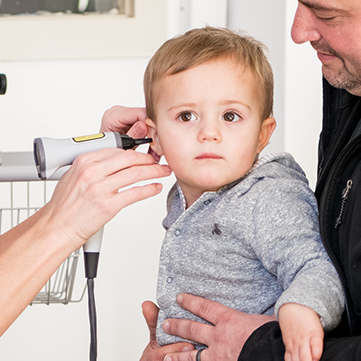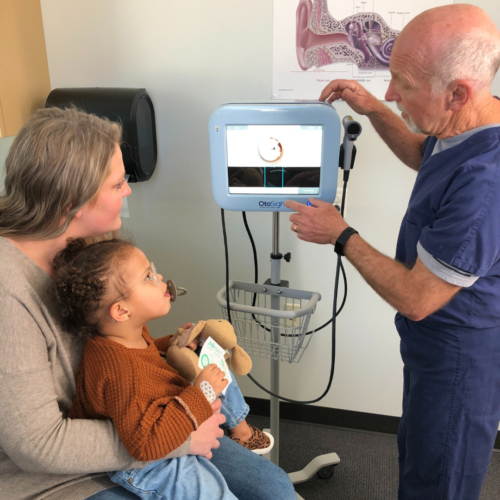Phone
866-411-EARS
Address
PhotoniCare Inc.
2800 Meridian Parkway, Suite 175
Durham, NC 27713

For some children, ear infections seem unavoidable. With the cold and flu season upon us, otitis media (commonly known as middle ear infection) becomes a real possibility. It’s good to know the symptoms and treatments before you or a family member come down with this common infection.

The COVID-19 pandemic has created numerous challenges for parents. Navigating… Read More

PhotoniCare sits down with Dr. Michael Novak, an Ear, Nose… Read More

This week on the #EnginEarGuys blog we talk about otolaryngology… Read More